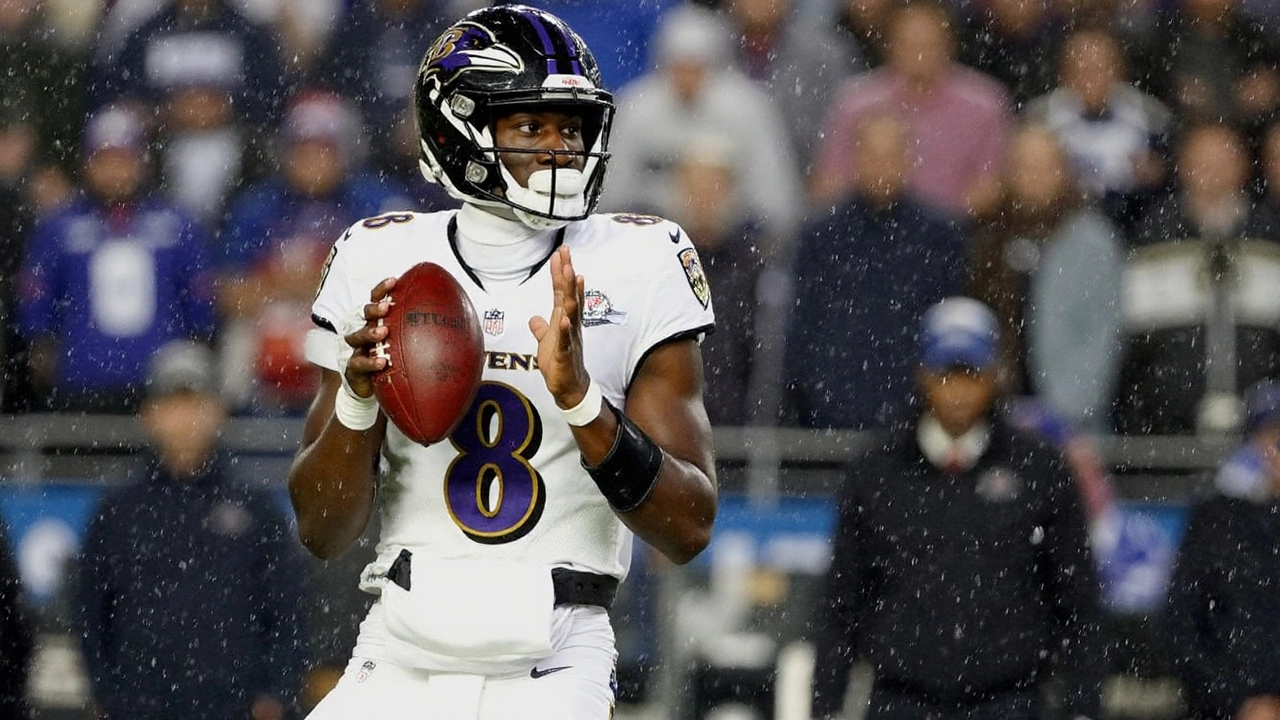Betting Odds Explained – Simple Guide to Understanding and Using Odds
If you’ve ever glanced at a sports betting site and felt lost at “2.50”, “-150”, or “5/1”, you’re not alone. Betting odds are just a way of showing how likely an outcome is and how much you can win. In plain English, they tell you the price of a bet and the potential payout. Once you get the basics, you can compare bets, spot value, and avoid costly mistakes.
Types of Odds You’ll See
There are three common formats: decimal, fractional, and American. Decimal odds (like 2.50) are the easiest – just multiply your stake by the number to get total return. Fractional odds (e.g., 5/1) are popular in the UK; they show profit relative to your stake. American odds can be positive or negative: +200 means you win $200 on a $100 bet, while -150 means you must bet $150 to win $100. Pick the format you’re most comfortable with and stick with it.
How to Read Odds for Value
Not every low‑odd bet is a good deal. A low odd means the bookmaker thinks the outcome is very likely, so the payout is small. A high odd shows an underdog, offering a bigger payout but lower chance of winning. To find value, compare the implied probability of the odds with your own assessment of the event. If you think a team has a 40% chance to win but the odds suggest only 30%, that’s a value bet.
Calculating implied probability is simple. For decimal odds, divide 1 by the odd (1 ÷ 2.50 = 0.40 or 40%). For fractional odds, flip the fraction and add 1 (5/1 becomes 1 ÷ (5+1) = 0.166 or 16.6%). For American odds, use the formulas: positive odds → 100 ÷ (odds + 100), negative odds → odds ÷ (odds + 100). This quick math helps you see if a bet is worth it.
Another tip is to watch how odds move. If a lot of money comes in on one side, the bookmaker will shorten those odds to protect themselves. Sudden shifts can signal insider information or strong public sentiment. Use these movements to decide whether to lock in a price early or wait for a better line.
Remember, odds are not guarantees. They’re tools that reflect probability and market perception. Stay disciplined: set a budget, stick to it, and never chase losses. Treat each bet as a separate decision based on research, not emotion.
In short, mastering betting odds means knowing the three formats, converting them to implied probabilities, and spotting value when the market’s price differs from your own estimate. Keep a notebook, run the simple calculations, and you’ll make clearer, more confident bets every time you play.
Ravens vs. Bills Sunday Night Football: 41-40 Shootout, Odds, and What We Learned

